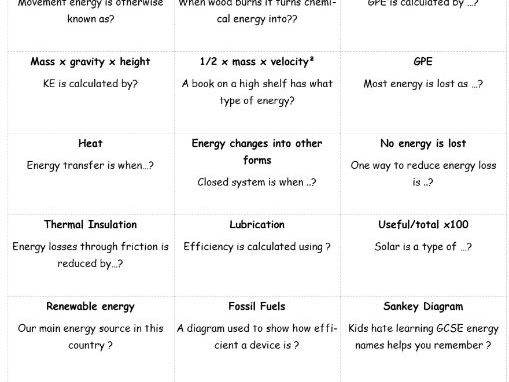LCG Physics Resources Shop
I have been teaching GCSE Physics for 10 years and A level for 5 years. My resources range form KS3, GSCE all the way up to A level. I have developed a range of worksheets, revision mats and presentations that closely follow up to date specifications . Most include worked examples and stick closely to the lesson targets throughout. Lesson targets are repeated throughout. Homework tasks are often included and build upon previous lessons work to revise. Big emphasis on memorising equations.






















